 Okay, so yesterday I saw a copy of the latest Lands' End catalog. You know – the company from Dodgeville, Wisconsin, that was purchased by Sears. (That gives very good customer service, with a "Guaranteed. Period." returns policy.) Once again, so odd to discover the absolute homogeneity of its models in the print version of the catalog: everyone Caucasian – no Asians, no Hispanics, no African-Americans, no American or East Indians. (There was, to their credit, one middle-aged woman with white hair – a small concession to diversity.)
Okay, so yesterday I saw a copy of the latest Lands' End catalog. You know – the company from Dodgeville, Wisconsin, that was purchased by Sears. (That gives very good customer service, with a "Guaranteed. Period." returns policy.) Once again, so odd to discover the absolute homogeneity of its models in the print version of the catalog: everyone Caucasian – no Asians, no Hispanics, no African-Americans, no American or East Indians. (There was, to their credit, one middle-aged woman with white hair – a small concession to diversity.)Total emotional homogeneity, too, with everyone grinning from ear to ear. The clothes never vary much from year to year – slight tweaks to the gauge of the cotton or the fit, but there's not much variety within the line. The catalog here, with the skirt-pulling boy, represents the most interesting, potentially objectionable (and therefore risky) of the Lands' End imagery, but it is not the current one. (It could be called "Revenge on the Attack of the Fifty-Foot Woman": doesn't the scale of that kid to the woman look a bit off?)
We do have a First lady these days with dark skin (and handsome husband) who is considered a style icon. (Have they noticed?) Much is made of the fact that she occasionally buys from catalogs, too. And we live in a world where the demographics are rapidly changing. I went to the Lands' End website and did find one black man, the guy here in the striped shirt. There was a little bit of diversity among the females over there.
But a quick survey of this and other on-line catalogs (including Target, WalMart, Gap, and Sears) makes me think that, for one thing, ad budgets must have been cut a lot in the past few years. There aren't a lot of models anymore anywhere. Mostly just generic clothing, shot on a whiteboard, with no human inside – or a headless one.
The opening photo for the kids' section at Target does the best job of representing a range of skin tones and types of kids. With H&M, you get the same catalog all over the world, though you can click a button to make the language change.
 Is the implication at these companies that "the more the world changes, the more things stay the same"? As someone who once worked as a seamstress, I would love to see pictures from behind the scenes: who is making these clothes? There are so many of them! We talk about cheap food: surely we also have incredibly cheap clothing available here in the U.S. At what cost, to what invisible people?
Is the implication at these companies that "the more the world changes, the more things stay the same"? As someone who once worked as a seamstress, I would love to see pictures from behind the scenes: who is making these clothes? There are so many of them! We talk about cheap food: surely we also have incredibly cheap clothing available here in the U.S. At what cost, to what invisible people?



































































































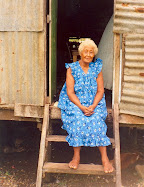





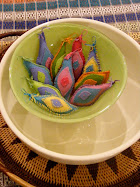






























.jpg)














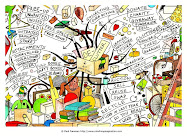






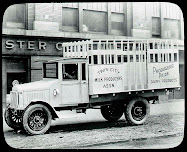



















































































































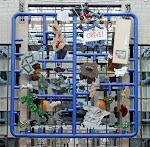.jpg)








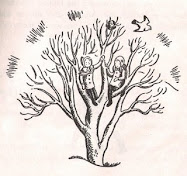







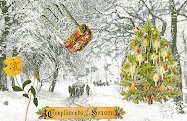



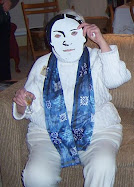





















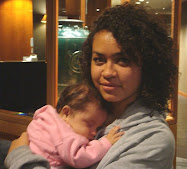






























































No comments:
Post a Comment